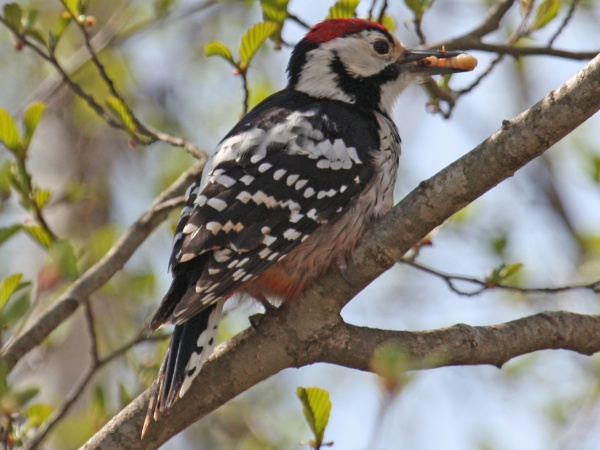Facts About White-backed woodpecker
The white-backed woodpecker, belonging to the Dendrocopos genus, is a captivating bird found throughout Eurasia. First described by Johann Matthäus Bechstein in 1802 as Picus leucotos, its name reflects its distinctive "white-backed" appearance. Subsequently, Carl Ludwig Koch reclassified it into the Dendrocopos genus. There are twelve recognized subspecies, one of which, D. l. owstoni, is occasionally considered a separate species known as the Amami woodpecker.
This bird stands out as the largest among the spotted woodpeckers in the western Palearctic region, measuring between 24 to 26 cm in length. It bears a resemblance to the great spotted woodpecker but can be identified by the white bars on its wings and a white lower back. Males feature a red crown, while females have a black one. Their vocalizations include a soft "kiuk" and a longer "kweek" and males are noted for their prominent drumming.
The white-backed woodpecker's range spans from central and northern Europe to Japan and Korea, with various subspecies distributed across these areas. It prefers mature deciduous forests rich in standing and dead wood. Unfortunately, its population has been declining, particularly in Nordic countries, leading to conservation efforts in regions like Sweden.
During the breeding season, these woodpeckers excavate nest holes in decaying tree trunks. They lay three to five white eggs, which they incubate for about 10–11 days. Their diet primarily consists of wood-boring beetles and larvae, although they also consume other insects, nuts, seeds, and berries.

 Russia
Russia